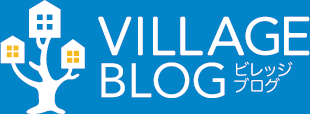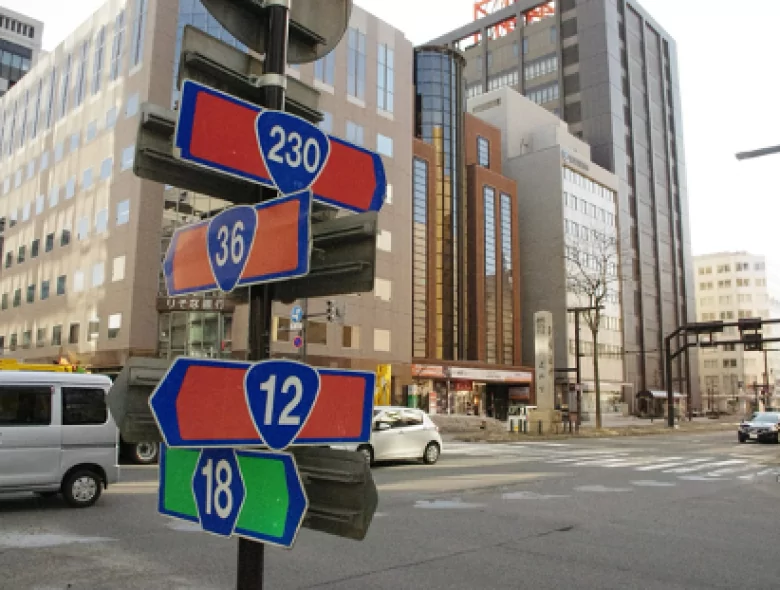Living in a new country can bring many changes to everyday life. Learning to read and understand the signs in your new country will be essential. Check out our article to see some Japanese signs.
Moving to a new country can be a great experience that will enrich a persons life. You will encounter new people, cultures, and everyday life. You will need to adjust how you view the basic day to day workings of society and how to perceive the way you should move about the country. One of the main ways you will do this is the learn how signs work in Japan. Japanese signs are close to western ones and can generally mean the same thing, but there are noticeable differences that will require you to learn.
There are different types of signs for different parts of life. Japanese signs can be confusing at times while also being very easy to translate. Signs that have pictures on them are the easiest to decipher and can help you in a pinch. Other signs may be simple colors or shapes that will have different meanings depending on their positioning. We will look at different kinds of signs for different aspects of life in Japan.

Road Signs
Road signs in Japan will be some of the most obvious when looking at their differences. Japanese signs for driving can be easily read by westerners as they rarely have any writing on them. The signs will have a different meaning when looking at the shapes and coloring. Signs like no entry, road closed, and no vehicles of a certain type are easy to understand. They all have the classic red stripe going through, or behind, the picture of the vehicle. The sign that may be hard to understand is the one that means,’Closed to all vehicles except motorcycles.’ It is the same design as no vehicles but has a car decal in the middle.
Japanese signs for passing are easy to understand as it has the arrow on the sign allowing or denying passing. This is the same for no crossing signs. Parking signs are different in they do not have a large letter P with a red stripe through it, and only have a blue sign with a single red line through it. If you see the same sign that has an X going through it, that means no stopping or parking. Make sure to follow these closely are you may get fined.
Speed limit signs are white, with blue numbers, and red circular outlines. These are easy to find and follow. They also have a width limit to go along with height and weight limit signs. The only signs you may see with kanji on them are the stop signs. The sign is an upside-down red triangle that has the kanji for ‘tomare,’ or stop. You can confuse them with a slow down sign if you don’t look at the main colors of the two. The ‘slow down’ sign will have a white background color with blue writing. All warning signs mimic most of the western versions of the same kind.
All signs that pertain to driving and road functions can be found on the national website that has everything translated into English. You should study them to ensure your driving experience will be smooth and accident-free.

Train Station Signs
If you are planning to live or visit one of the big cities in Japan you will have to use public transportation at some point. There are signs and images you will need to understand to navigate the stations easily. Luckily most signs will have an English translation on them to help visitors get through to the correct line. You can see arrows and colors on the floor in some stations and the names are written on signs that decorate the walls and hanging signs. They are usually color-coded and have a shortened version of the line name.
When you get to your platform you will see many different signs on the ground and hanging from the ceiling. Most stations will have electronic tickers that show the current scheduled train arrivals and what kind of train will come. Pay attention to the writing on the left side of the ticker to see if the local, express, or semi-express is coming next. You can find timetables for each line on the platform as well.
Some signs have no writing and are simple colors laid out on the platform. The long yellow line on the ground near the platform edge is where you should stand. It keeps people from getting too close to the trains and cuts down on accidents. There are usually signs on the ground near the edges that detail what lines you should stand in to get on specific trains. These will usually be written in kanji and can be very confusing for non-natives. There are signs that detail where the car doors will be when the trains stop, and are indicated by shapes such as circles and triangles. Japan also has women-only cars that go into effect at certain times in the morning and in the evening. It is meant to cut down on molesters and unwanted attacks on women during the busy morning rush.
Try your best to read the signs so you can get to your correct train on time.

Warning Signs
Warning signs serve the same purpose as in any country that has construction going on. There are many signs that will be universal, or extremely easy to understand. The signs with a bowing construction worker is meant to draw your attention to whatever is being worked on. Simply follow the workers cues. The signs that say ‘abunai’ in Japanese can be difficult to understand. It means caution or danger and should be heeded whenever you see it. Other signs of this sort are straightforward and can be understood by simply looking at the figures on them.
Japanese signs can sometimes be hard to understand, especially when they only display kanji. Most other signs can be easily discerned thanks to them being so similar to western signs. You should take your time to familiarize yourself with their appearance and meaning.



